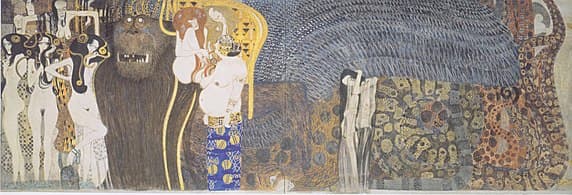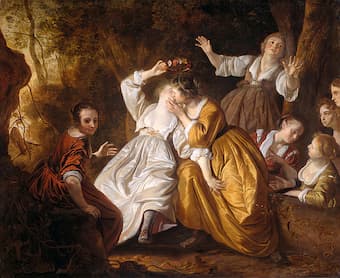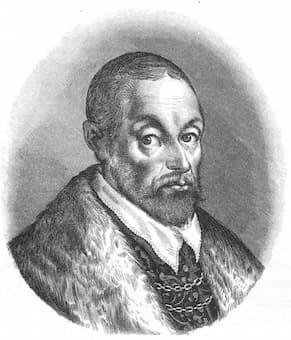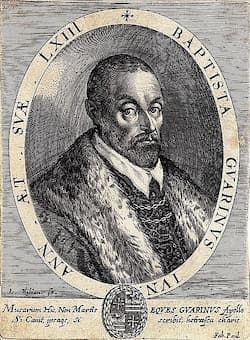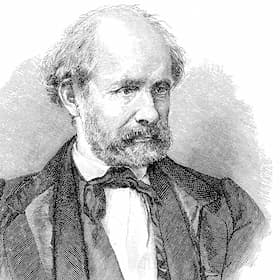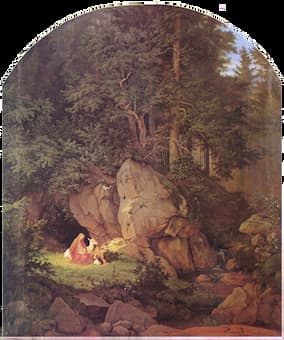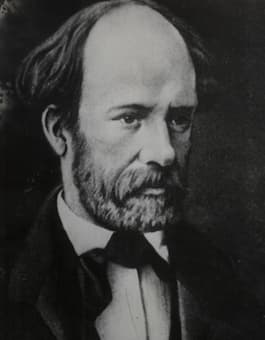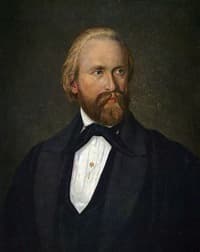There never was, and never will be, a defining boundary between music and the other arts. The arts are constantly engaged in a process of circular cross-fertilization that continuously shape and refine artistic practices, visual expressions and sonic experiences. We
Poetry
Giovanni Guarini started work on his pastoral tragicomedy “Il pastor fido” (The Faithful Shepherd) around 1580. It took him a good four years before he was able to finish the five-act, 39-scene pastoral drama. Guarini circulated the play among literary
Under the heading “Pietà dolente” (Sorrowful Piety), Giovanni Battista Guarini published his simply poem “Cor mio, deh, non languire” (Dear Heart, I prithee, do not waste away) in Venice in 1598. The poet could not possibly have foreseen that this
The Italian lyric and dramatic poet Giovanni Battista Guarini (1538-1612) is credited with establishing a new literary genre, “the pastoral drama.” According to scholars, he was the poet “whose verses were most frequently set by Italian madrigalists and monodists in
Friedrich Hebbel wrote his poem “Schön Hedwig” in 1838 as a protest reaction against “Griseldis,” a play in blank verse by Friedrich Halm that enjoyed huge success in Vienna. Halm’s play is set in Arthurian England, with the eponymous heroine
Robert Schumann (1810-1856) devoted his formative years primarily to literature. Already at the age of 13, he had published articles, written large anthologies of poetry, a five-act tragedy, and translated many Latin works into German. He even tried his hands
Robert Schumann (1810-1856) suffered from various mental illnesses from an early age. Counselors and historian suggest that his diagnosis was dementia praecox, an illness soon renamed schizophrenia. Beginning in 1849, Schumann began to suffer from auditory hallucinations, and he heard
Robert Schumann had a face-to-face encounter with Friedrich Hebbel in 1847. Hebbel had called on Schumann in Dresden while passing through. Hebbel found Schumann “not only persistently, but also uncomfortably mute.” Schumann, as he noted in his diary, however, felt

